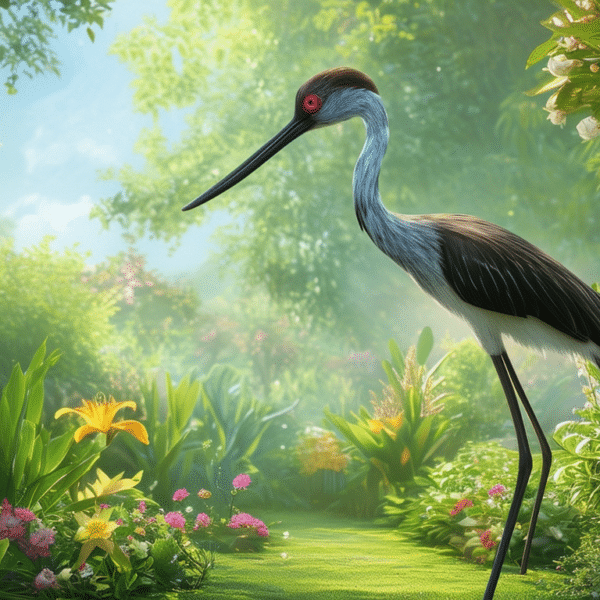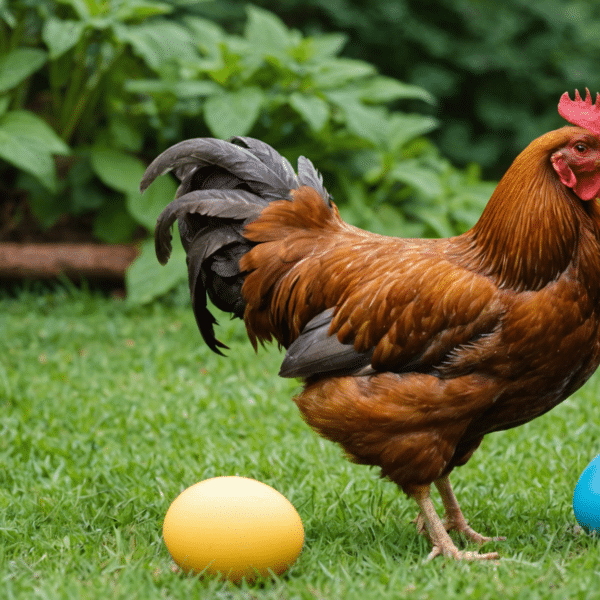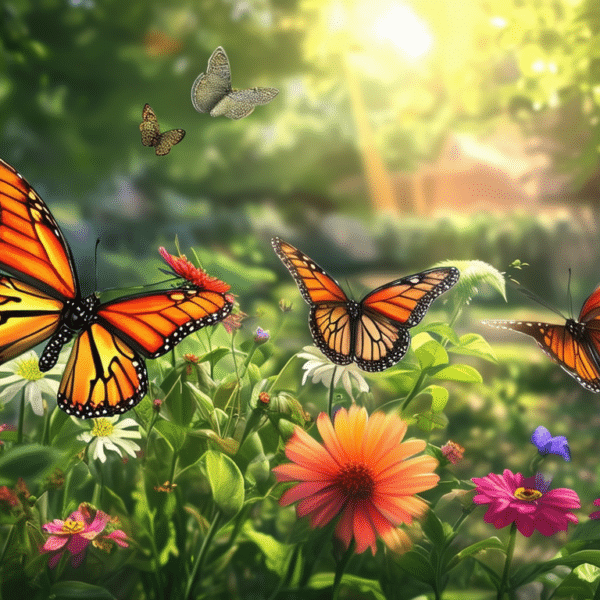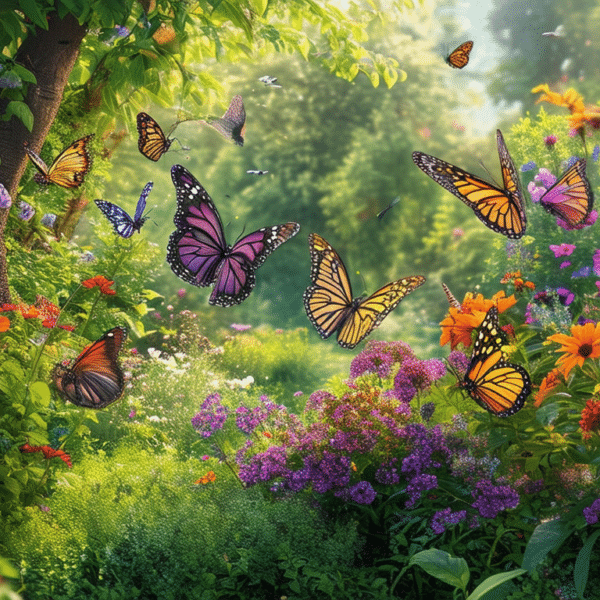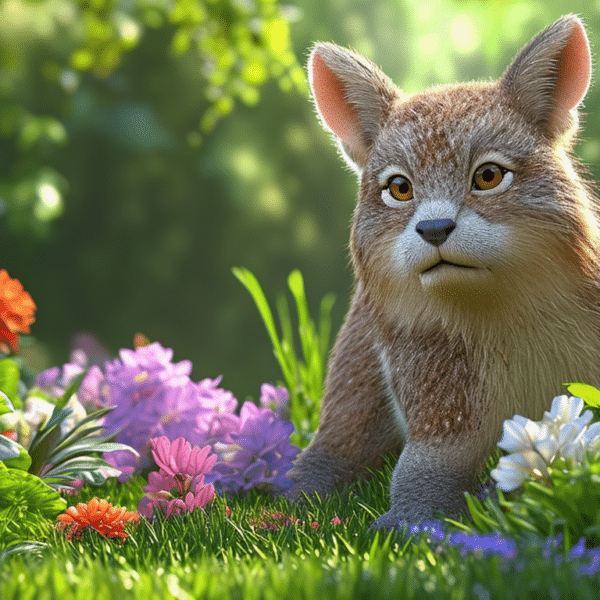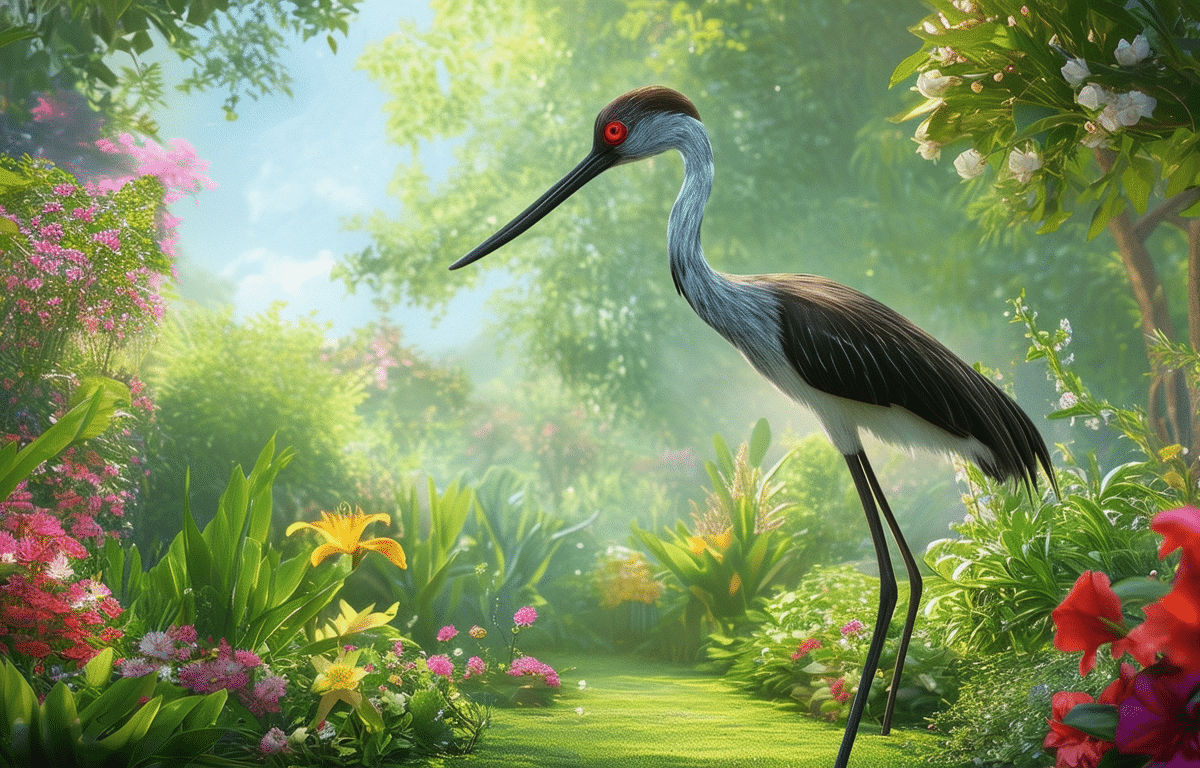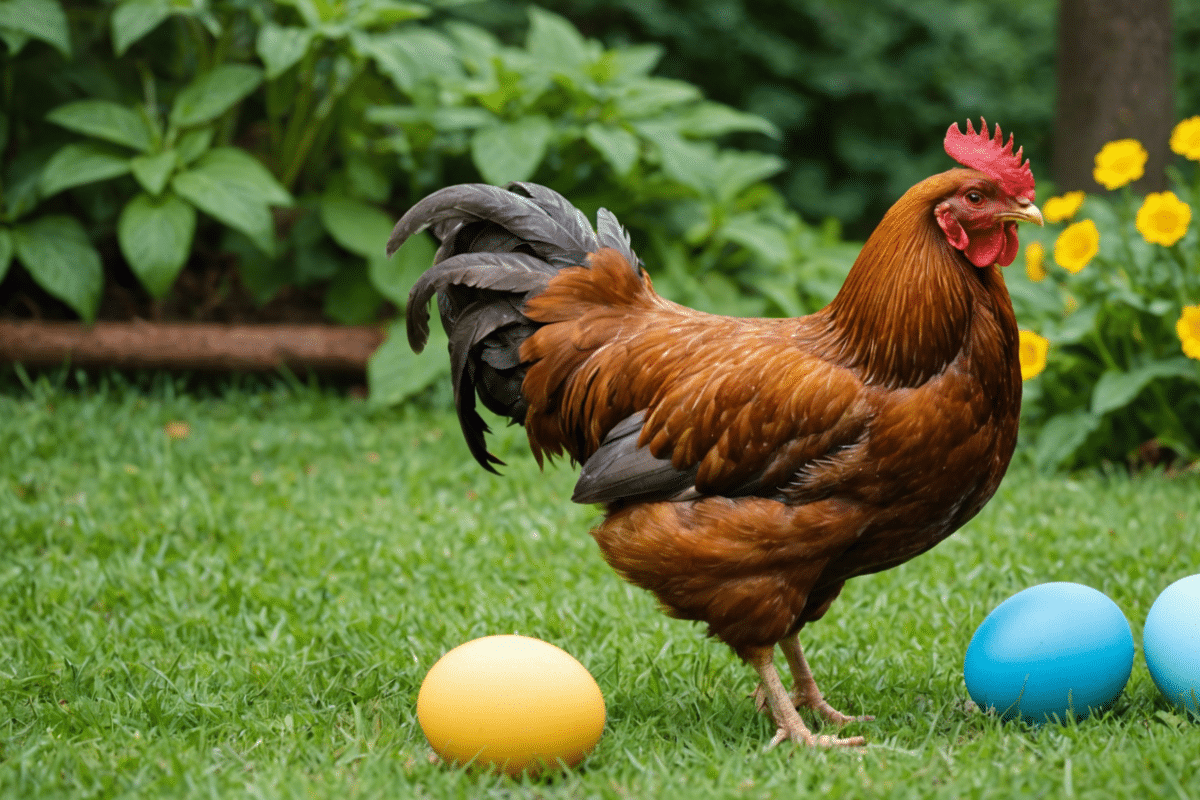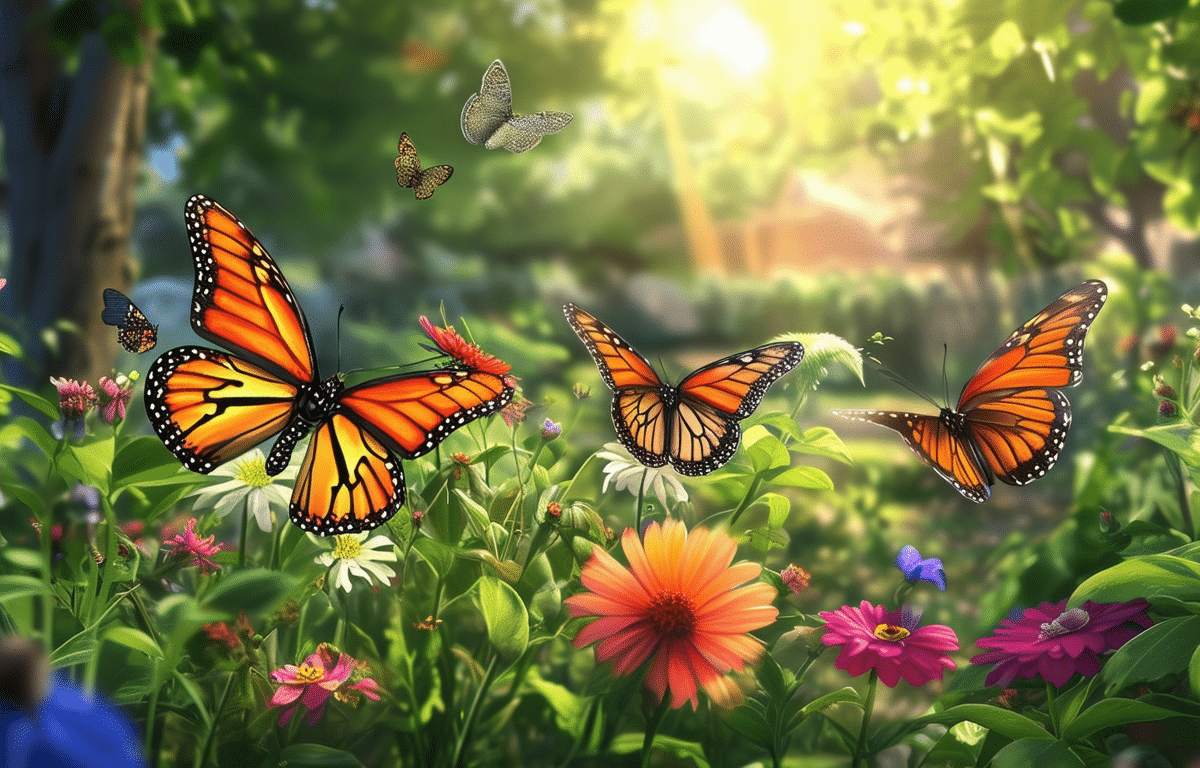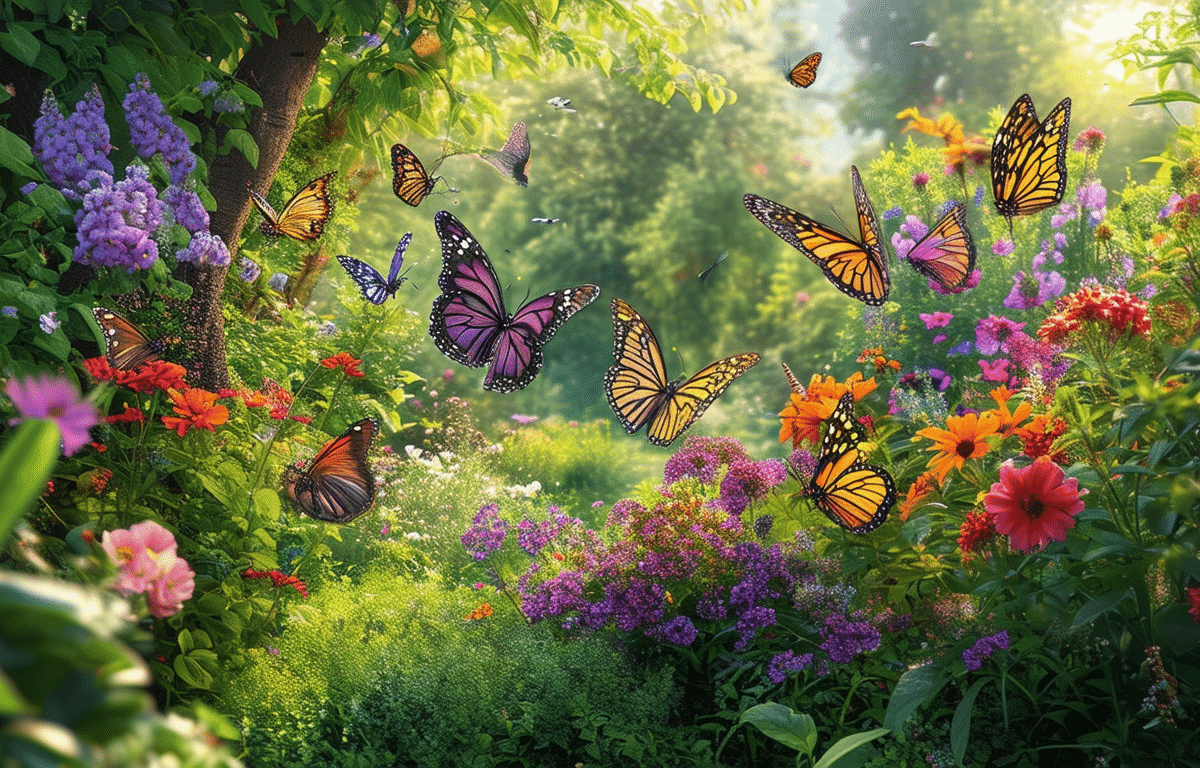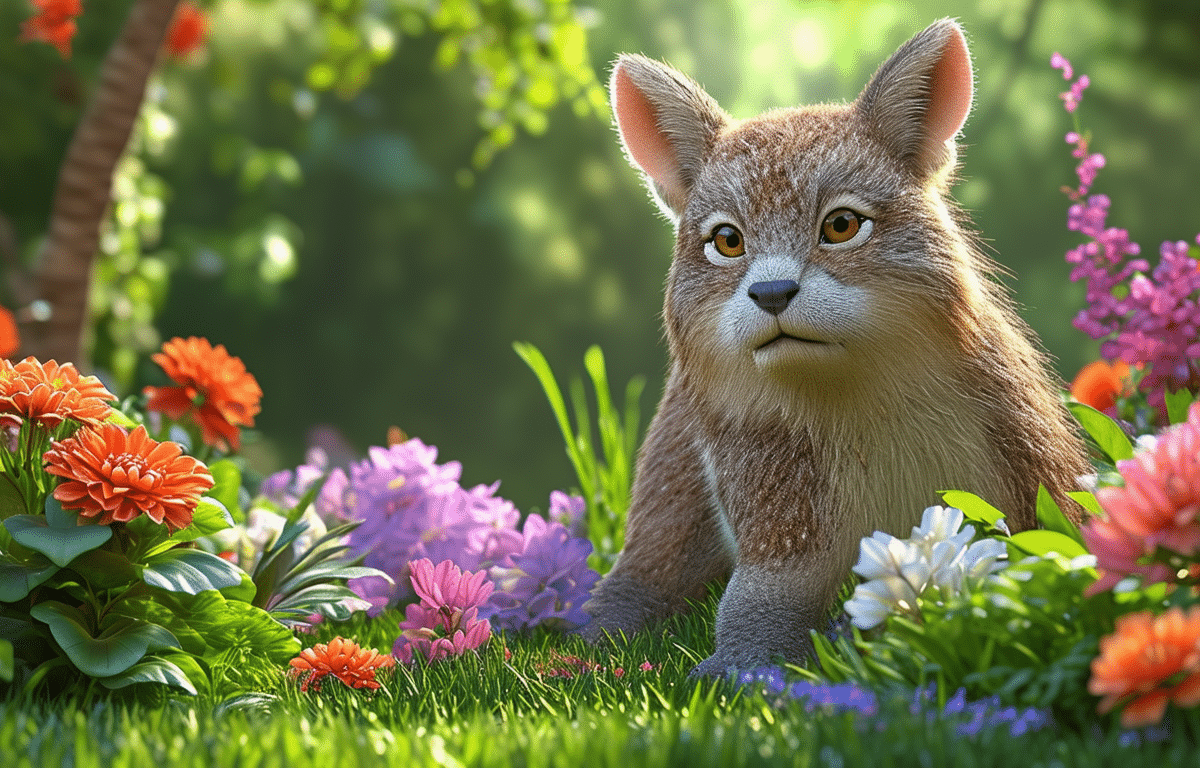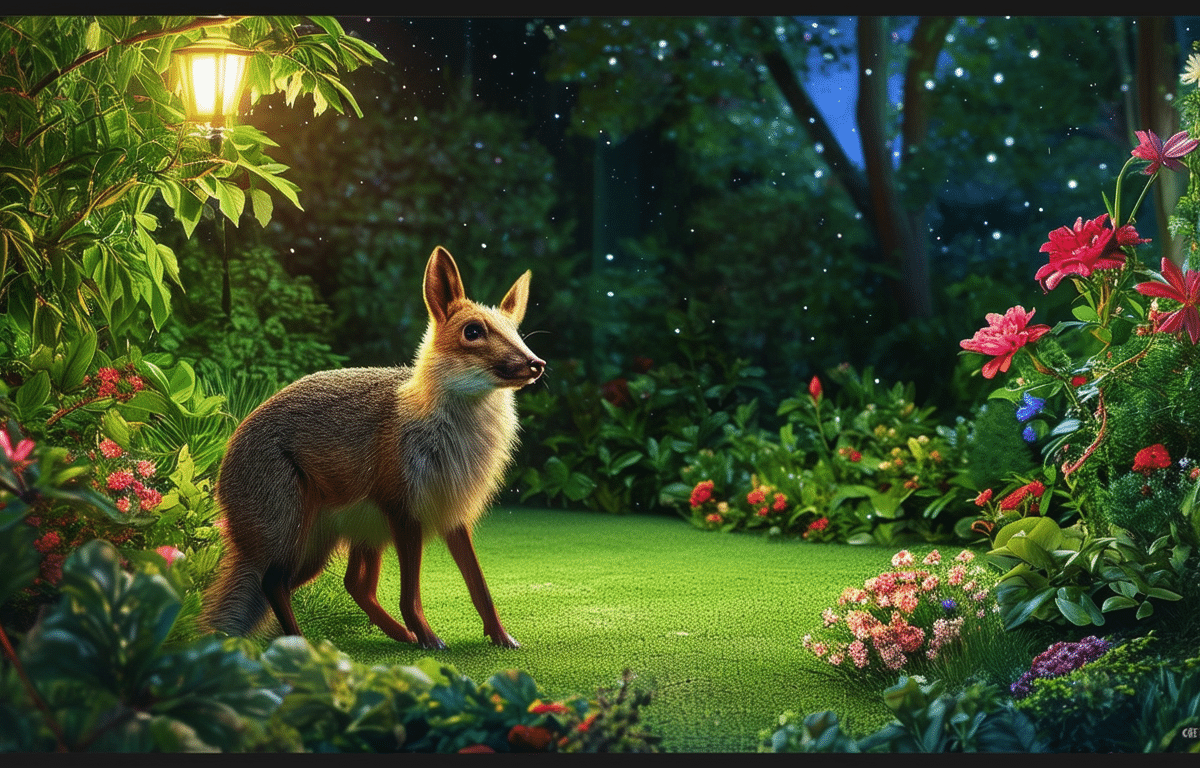Content
The existence of pink birds might seem like a figment of the imagination or a feature in a fantasy novel. Yet nature often surpasses even our wildest fantasies, displaying vibrant shades in the animal kingdom, with some birds donning feathers in surprisingly vivid hues of pink. This splash of color is far from a common sight and invites curiosity about what species wear such flamboyant plumage and the reasons behind their eye-catching appearance.
Understanding Pigmentation in Birds

Before diving into the species themselves, it is important to comprehend the biological underpinnings of feather pigmentation. Feather coloration in birds can be attributed to a variety of factors, including genetic makeup, diet, and even health status. Many birds owe their coloration to pigments called carotenoids, which they consume through their diet and which can influence the coloration of their features, including the intensity of pink tones. Other birds might produce their own distinct pigments or have structural feather characteristics causing the reflection of light in a way that produces a pink appearance.
Species Exhibiting Pink Plumage
When it comes to identifying pink birds, the flamingo is often the first that comes to mind. Thanks to strong SEO keywords like flamingo linked with vibrant imagery of these tall, social birds standing in shallow waters, they are iconic in their pinkness. But beyond their charm lies a fascinating biological story. The flamingo’s pink color is largely due to their diet rich in beta-carotene, containing organisms such as algae, brine shrimp, and larvae, which metabolize into pigments depositing in their feathers.
Dietary Influences on Coloration
Diet plays a crucial role in the coloration process of some bird species. It’s not just what birds ingest but also how their bodies break down and assimilate these nutrients. A change in diet can sometimes cause a significant shift in plumage color—an intriguing observation for bird enthusiasts and wildlife experts. For instance, captive flamingos are often provided a diet supplement containing canthaxanthin to maintain their vibrant colors, echoing the natural processes occurring in the wild.
Environmental and Social Factors
Beyond nutrition, environmental conditions and even social behaviors can influence color intensity. For example, the location where birds live can sometimes inhibit or enhance their coloration, with more intense sunlight providing a greater abundance of the nutrients necessary for vibrant plumage. Additionally, in some species, the more vibrant male birds are often more successful in attracting mates, which explains why males typically exhibit bolder colors than their female counterparts. Social interactions, such as preening, also play a role, as this behavior can affect the distribution of oils and pigments on feather surfaces.
Let’s look at a few species that wear pink with pride:
- The Roseate Spoonbill, notable for its pink feathering and distinct spoon-shaped bill, is a stunning sight in the Americas.
- Pink Robins, endemic to southeastern Australia, showcase a delicate pastel pink breast, contrasting with their darker upper bodies.
- The Baluchistan Pygmy Jerboa stands out with its cute and miniature physique, sporting faint pinkish hues in its otherwise sandy coat. While not a bird, its pinkish tone deserves a mention among small, fascinating animals with a hint of rose.
Human Perceptions and Cultural Impact
The impact of pink birds extends beyond the natural world and into human culture, influencing art, fashion, and design. The plastic pink flamingo, for instance, is a classical emblem of kitsch in American culture, representing both a playful hobby and a nostalgic throwback to mid-20th century design trends. Even in movies and literature, pink birds often symbolize a touch of magic and wonder, appealing to the creative instincts of artists and storytellers.
Frequently Asked Questions (FAQ)
Several questions might pique the curiosity of those fascinated by these colorful creatures:
- Are pink birds naturally occurring?
- Yes, pink birds such as flamingos and spoonbills exist naturally and their color can be attributed to their genetics and diet.
- Can the pink coloration in birds change over time?
- Possibly. Factors like age, diet, and health can influence the vibrancy of a bird’s coloration.
- Is it possible to see pink birds in the wild?
- Absolutely. Those with an adventurous spirit can observe these birds in their natural habitats, such as wetlands and tropical forests.
In the realm of bird-watching and animal care, understanding the existence and causes of pink birds offers a fascinating glimpse into the complexity of nature. From a flamingo’s stilt-like legs wading through tropical waters to the blush of a small robin, the pink avian world is as educational as it is enchanting to those exploring the colorful spectrum of wildlife.


